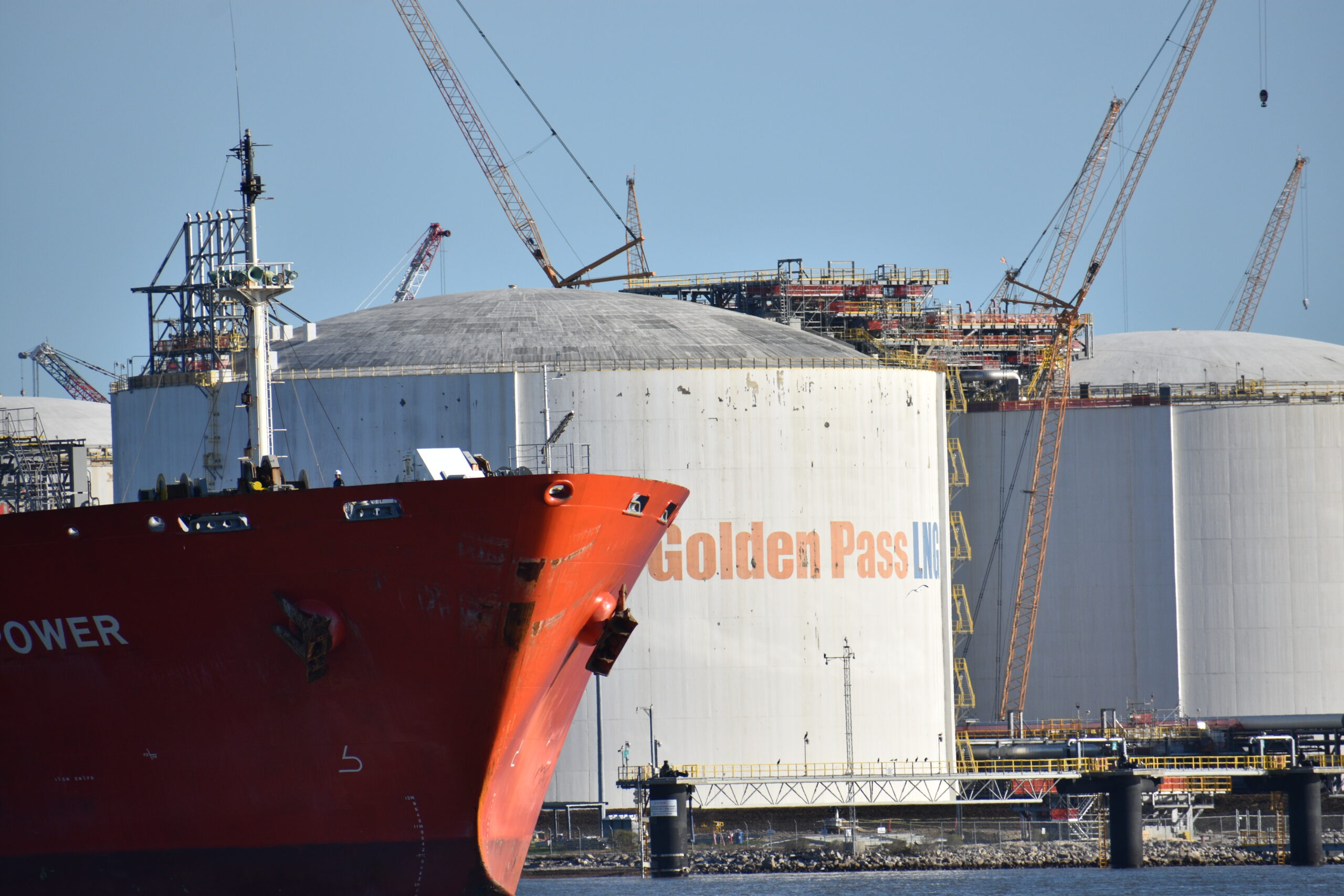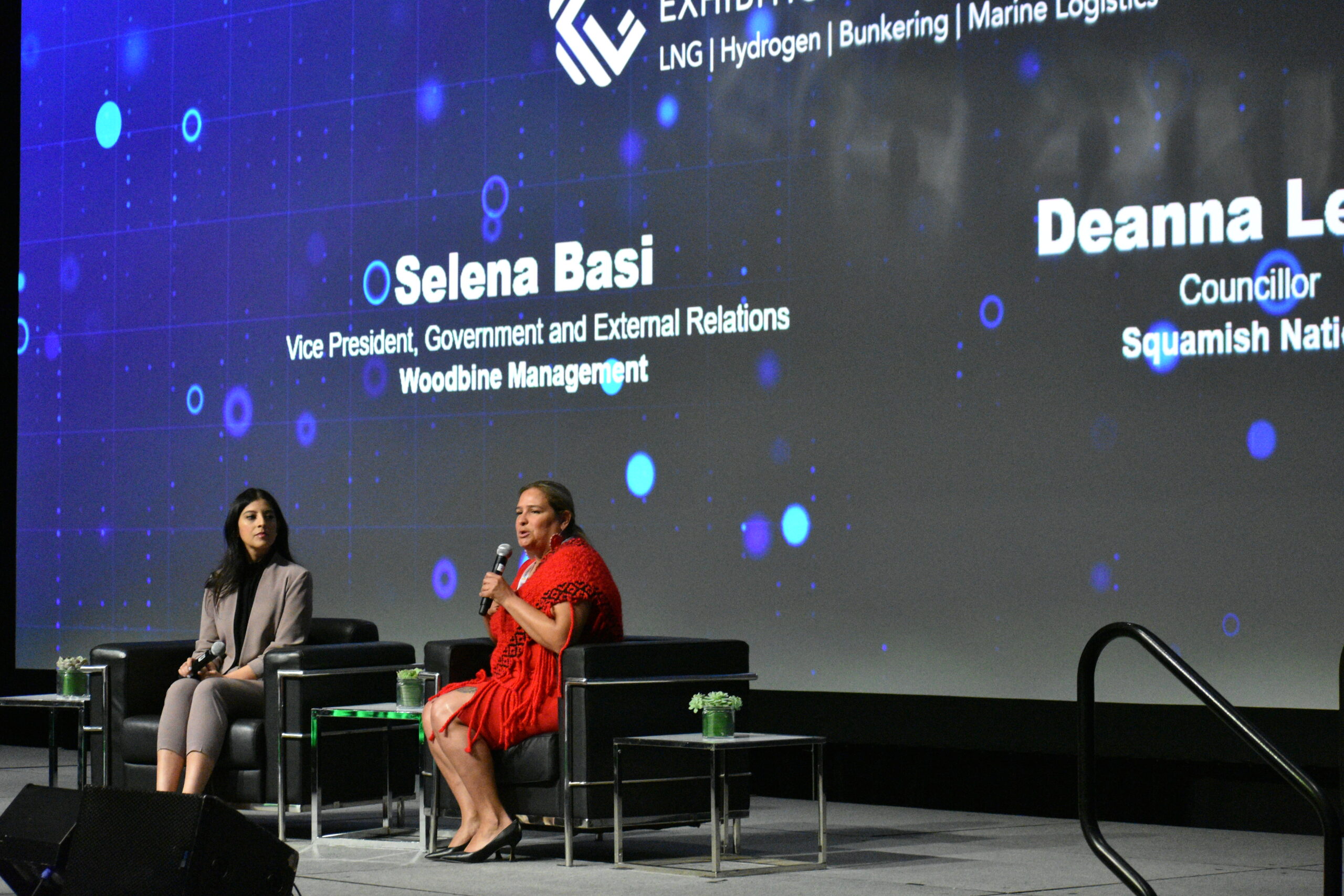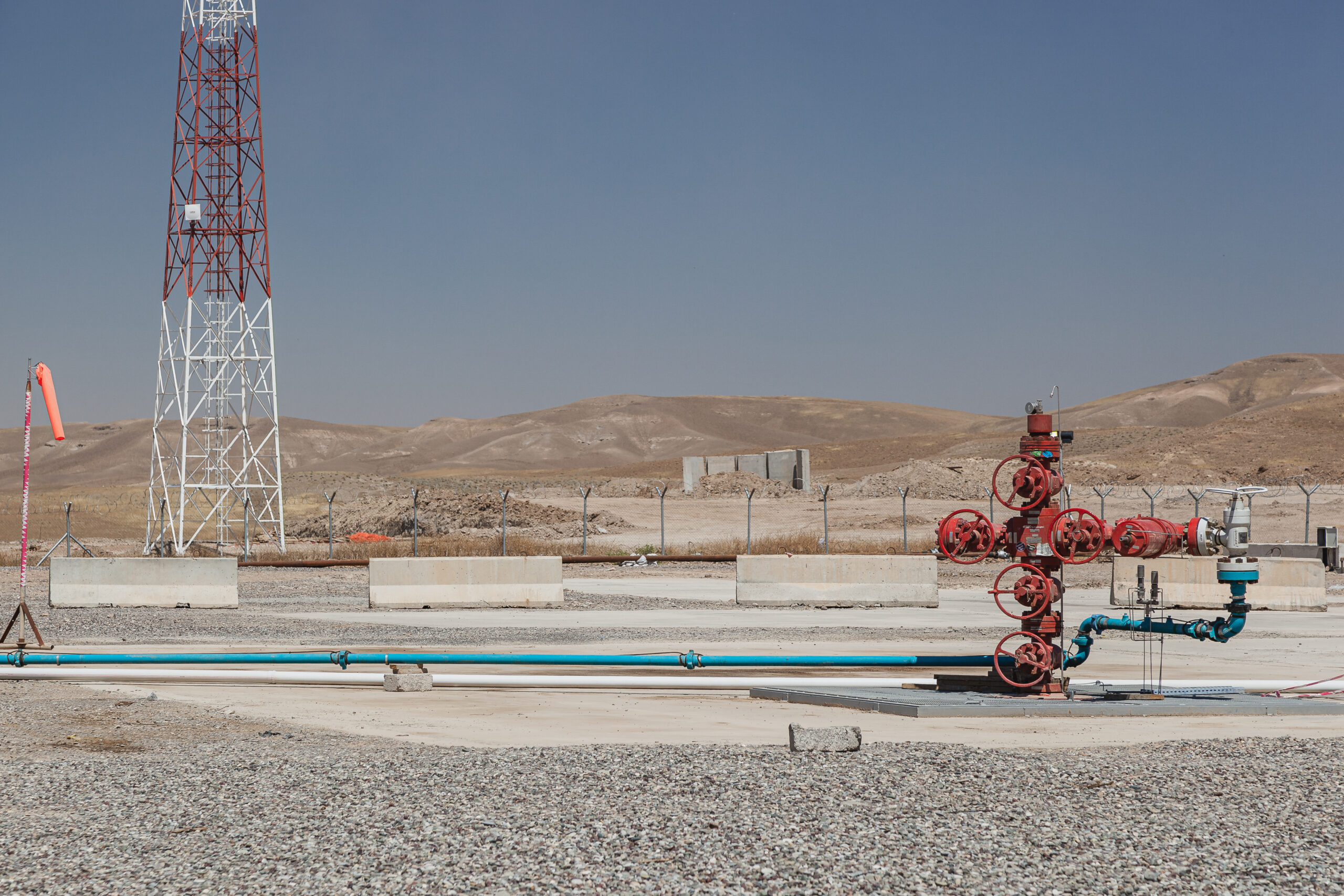Methane emissions from oil and gas 3x higher than official estimates: new study
Researchers recorded nearly 1 million measurements across major U.S. oil and gas production sites, and found methane emissions far higher than U.S. EPA data suggests.

Methane emissions from oil and gas sites are three times higher than official U.S. government estimates suggest, according to a new study.
Methane leaking or intentionally vented from production sites has been a pervasive feature of the U.S. shale industry for many years. But operators, as well as the U.S. Environmental Protection Agency, have tended to use rough estimates and expected leakage rates for various equipment, rather than physically measuring production sites.
The prevailing wisdom from the U.S. EPA is that roughly 1 percent of total gas produced is emitted into the air either intentionally or through equipment leaks. But several studies in recent years have repeatedly indicated that those estimates are dramatically undercounting the amount of gas spewed into the atmosphere.
The latest study conducted by researchers at Stanford University, and published in Nature on March 13th, found that almost 3 percent of gas produced was lost — three times worse than the EPA believes. Such high levels of methane emissions also put gas at about the threshold where gas is worse for the climate than coal.
The researchers conducted nearly 1 million aerial measurements at wellpads, pipelines, storage facilities, and transmission lines across six of the nation’s top oil-producing regions, which include the Permian basin in Texas and New Mexico; California’s San Joaquin basin; Colorado’s Denver-Julesburg basin; Pennsylvania’s section of the Appalachian basin; and Utah’s Uinta basin. Those regions represent 52 percent of U.S. onshore oil production and 29 percent of gas production.
Methane emissions vary quite a bit by location, from as low as 0.75 percent of total gas produced in the Appalachian basin and around 1 percent in Colorado’s DJ basin, to as high as a 9.6 percent in New Mexico’s Permian basin. One major difference is that operators are drilling for oil in the Permian, and gas is often considered to be a less desirable byproduct, whereas gas is the main focus in Appalachia.
Emissions also varied significantly by operator. Less than two percent of the entities surveyed accounted for 50 to 80 percent of all methane emissions in four of the regions in the study. That suggests that quick cuts in methane emissions could be achieved if governments crack down on these super emitters.
Another finding of the study was that midstream infrastructure accounted for about half of the total, which is much higher than previously thought.
“Solving the methane challenge is not quite as easy as simply finding and fixing a handful of leakers, as these stark numbers might suggest, but it does mean that efforts concentrated on relatively few operations could have considerable benefits,” lead study author, Evan Sherwin, a research scientist at Lawrence Berkeley National Laboratory, said in a statement.
The researchers said that the true quantity of methane is likely even higher than their study found, as they surveyed less than half of the facilities in the six-region area.
“Costs aside, the main message here is that some regions show emissions at rates well above those the government itself uses to estimate methane losses,” senior study author Adam Brandt, an associate professor of Energy Science & Engineering at the Stanford Doerr School of Sustainability, said in a statement. “We hope this will spur government methane inventories toward greater incorporation of remote sensing data at the heart of those estimates.”
The methane lost into the atmosphere each year is equivalent to $1 billion worth of gas. But those costs rise to $10 billion after accounting for damages to the climate from higher methane emissions.
The eye-popping conclusion significantly undercuts the notion that gas can play a positive role in global efforts to reduce greenhouse gas emissions.
Moreover, LNG carries an additional climate penalty, with energy consumed in the liquefaction process and methane “boiled off” during transit.
The climate impact of gas and LNG is one of the main criteria that the Biden administration is analysing as it reassesses permits for new LNG projects.
This is the “best synthesis to date of methane emissions from natural gas in the US, published today in Nature, based on almost 1 million observations from airflights,” Cornell University professor Bob Howarth wrote on X (formerly twitter). “And it is worse than most of us have been saying.”
Howarth has authored a high-profile study, currently under peer-review, which claims that emissions from LNG are 27 percent to two-fold higher than coal, in part because of “boil off” that occurs when LNG is in transit on a tanker.
Separately, the International Energy Agency published a report that found that global methane emissions from the energy sector remained near a record high in 2023 with close to 120 million tonnes of methane recorded, up slightly from 2022 levels. Notably, the U.S. was the largest emitter of methane from the oil and gas sector, followed by Russia.
The IEA said that methane emissions are “far too high to meet international climate targets,” and need to be cut by 75 percent by 2030. The head of the IEA struck on optimistic tone, noting that climate pledges made by countries at COP28, if implemented, would deliver half of the cuts needed by the end of the decade.
“I am encouraged by the momentum we’ve seen in recent months, which our analysis shows could make an enormous and immediate difference in the world’s fight against climate change,” IEA Executive Director Fatih Birol said in a statement. “Now, we must focus on transforming commitments into action – while continuing to aim higher. Well known policies and existing technologies could reduce methane emissions from fossil fuels substantially.”
At COP28 in Dubai, nearly 200 countries agreed to “substantially” lower methane emissions by 2030.
But the IEA included a rather large caveat in its report. For now, those pledges remain mostly words on paper — most countries have not outlined plans for implementation.



